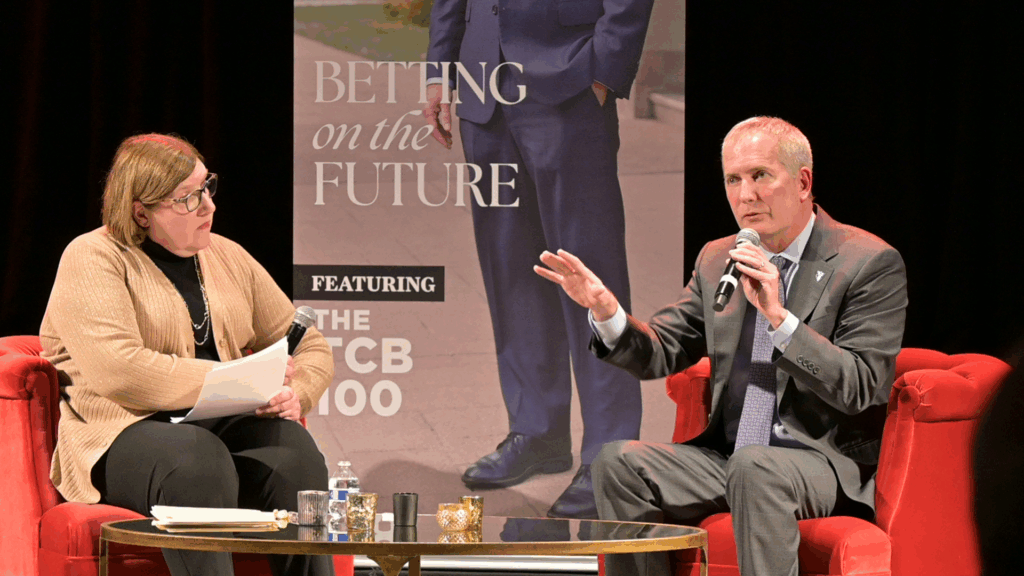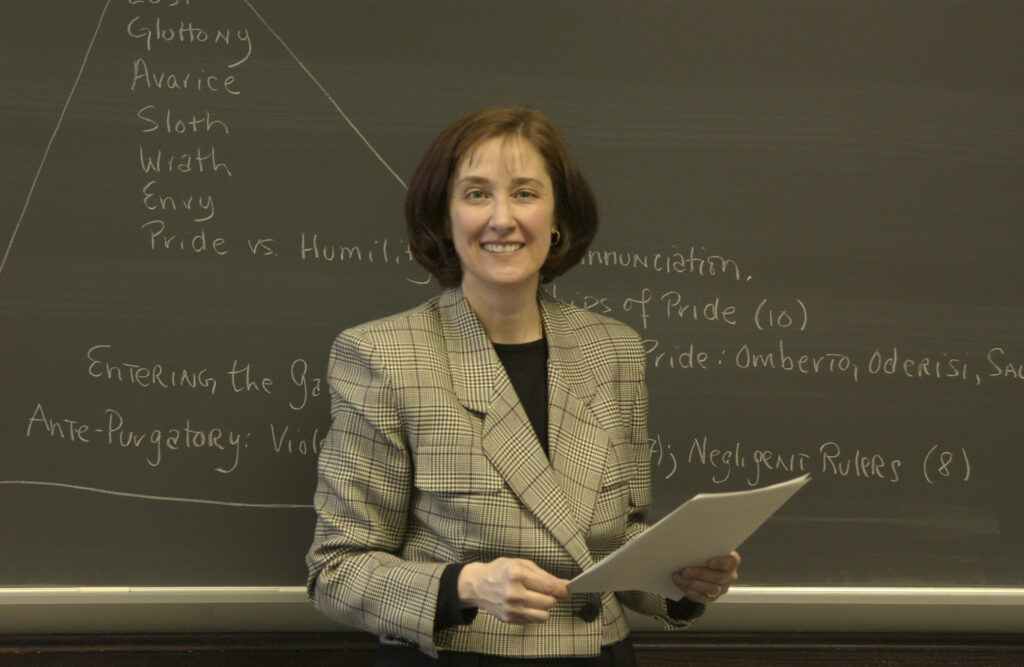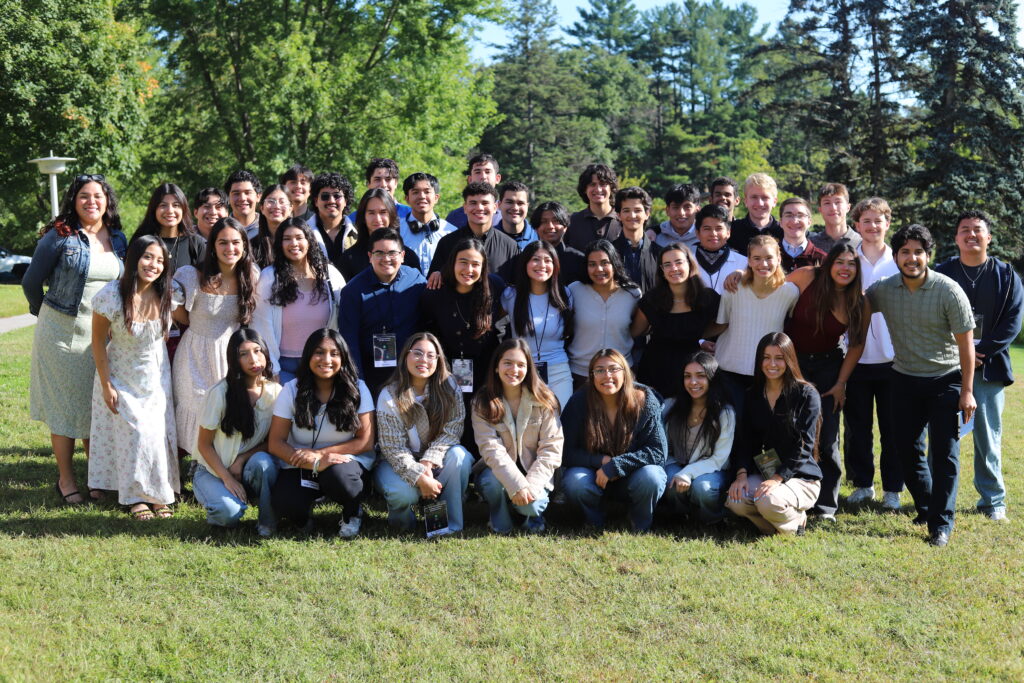Four Residence Life construction projects will begin on campus next summer. In addition to the Chapel Expansion announced last week, the University of St. Thomas is moving forward with plans to build two new residence halls with underground parking and to begin renovations at Brady and Dowling Residence Halls over the next three summers.
The new halls will be located on north campus in St. Paul, on the sites of two existing buildings: John Paul II Residence Hall (130 beds) and the Faculty Residence apartments; both buildings will close at the end of the current academic year so construction can begin. The two new residence halls are expected to house 480 first-year students and 200 second-year students and open in fall 2020.
The first-year student residence hall (on the site of John Paul II Residence Hall) will be pod style to create a small community of 15-20 double rooms with a shared bathroom and private shower facilities. It will be unlike any current housing style on campus and is a departure from the long corridors seen in the existing Brady and Dowling Residence Halls. There will be a dining hall on the first floor of the new five-story building, along with one level of underground parking with approximately 125 spaces. The Opus Group will design and build this project.
The second-year student residence hall (on the site of the Faculty Residence) will be constructed in a suite style. Residents will also have access to a community kitchen, study and lounge space. The new four- or five-story building will also have underground parking with approximately 98 spaces. Ryan Companies will design and build this project.
The $85 million projects will be funded by issuing tax-exempt public bonds, repaid over time by housing revenue generated once the buildings are occupied.
No tuition dollars will be used to fund the projects.
Dowling and Brady Residence Halls will be renovated and modernized. Construction will be staged over the next two or three summers to allow for occupancy during the academic year. In addition, the recently announced Chapel Expansion Project will be underway in the same area of campus. Completing the projects concurrently will provide some efficiencies in construction costs and concentrate the construction in one quadrant of the campus.
Student input will be collected as the designers and planners progress through the project.
Changes for Housing Selection for 2019-20
Housing sign-up, which traditionally starts after the Thanksgiving break, will follow the same timeline. The housing lottery will give priority to current first-year students to remain on campus. We expect to accommodate about 50 percent of current first-year residents on campus for the coming year.
Residence Hall Selection Timeline:
- Nov. 26: Online reapplication process begins
- Dec. 3-14: Housing application and selection process information sessions
- Feb. 13-20: Students begin self-selecting housing for 2019-20
- April 15, 2019: Last day to cancel 2019-20 housing without cancellation fee
“We realize changing sign-up priority is a significant change from what we have done in the past,” Residence Life Director Aaron Macke stated. “In the past we have granted preference based on credits accumulated. However, we believe it is important to prioritize our housing for incoming first-year and rising second-year students, who benefit greatly from the support provided by our residence hall staff in the early years of college.”
The decision to replace John Paul II Residence Hall and the Faculty Residence will temporarily reduce the total number of beds available on campus for the 2019-20 school year in order to increase the number long term.
“We are encouraging upper-division students to take advantage of programming offered through Off-Campus Student Life,” Assistant Dean of Students Josh Hengemuhle stated. “Learn rental and off-campus housing information before signing a lease. We know that the housing supply off-campus is plentiful around St. Thomas. Although some landlords pressure students to sign off-campus leases in the fall, we receive the most housing listings in January-March. Students do not need to start signing leases until spring semester.”
Future Two-Year Residency Requirement
Once completed, the new residence halls will enable the university to work toward a two-year residency requirement for first- and second-year students, which we believe supports student learning, connection to other students, staff and faculty, and a sense of belonging on campus. By increasing the number of students on campus, the university hopes to build a strong campus community and ensure students have more immediate access to academic and student support services. The ultimate goal is stronger student engagement and academic achievement.
The two-year residency policy is expected to take a year or more to draft, gather feedback, adopt and implement. It will not apply to current students or the incoming first-year class. The earliest possible implementation would be the first-year class entering in fall 2020. Exceptions to the residency requirement will be developed and defined during the development process.
Plans for Future Construction
Some of the university’s residence halls were built before World War I and are in need of updates or replacement; however, the university needs to stage projects. At this time, there is no construction nor material renovation scheduled for Ireland, Cretin or Grace Residence Halls – the oldest residence halls on campus.
The university also explored developing property on Grand Avenue, which is designated for residential buildings. Last summer (2018) the university surveyed residents of the area. The survey indicated strong support for more university-owned residential units and strong support for retail. Such development would be more complex and will require additional planning time. Therefore, the university prioritized the residence hall projects on north campus first to maximize the number of spaces available most quickly.
Also included in the campus master plan are academic spaces for an arts-innovation and science-engineering. Defining these spaces are high priorities within the campus master plan once the university secures philanthropic support. No tuition dollars will be used to fund the projects.







